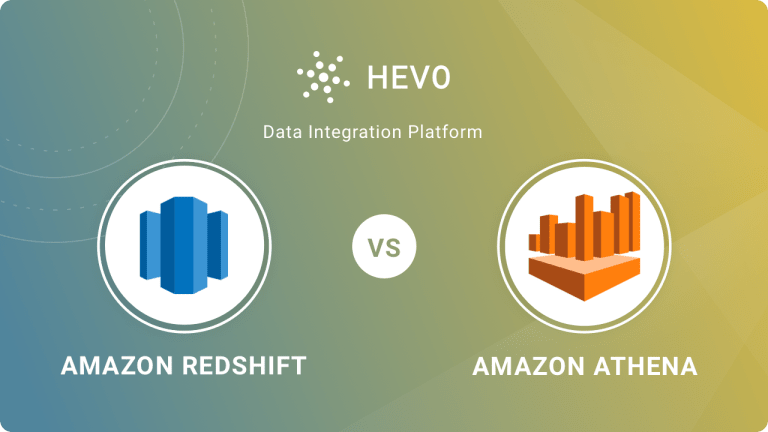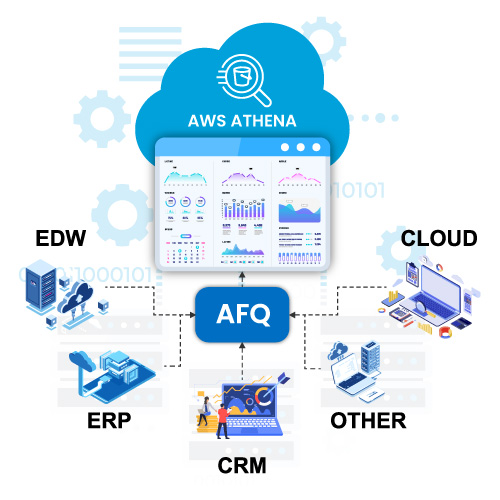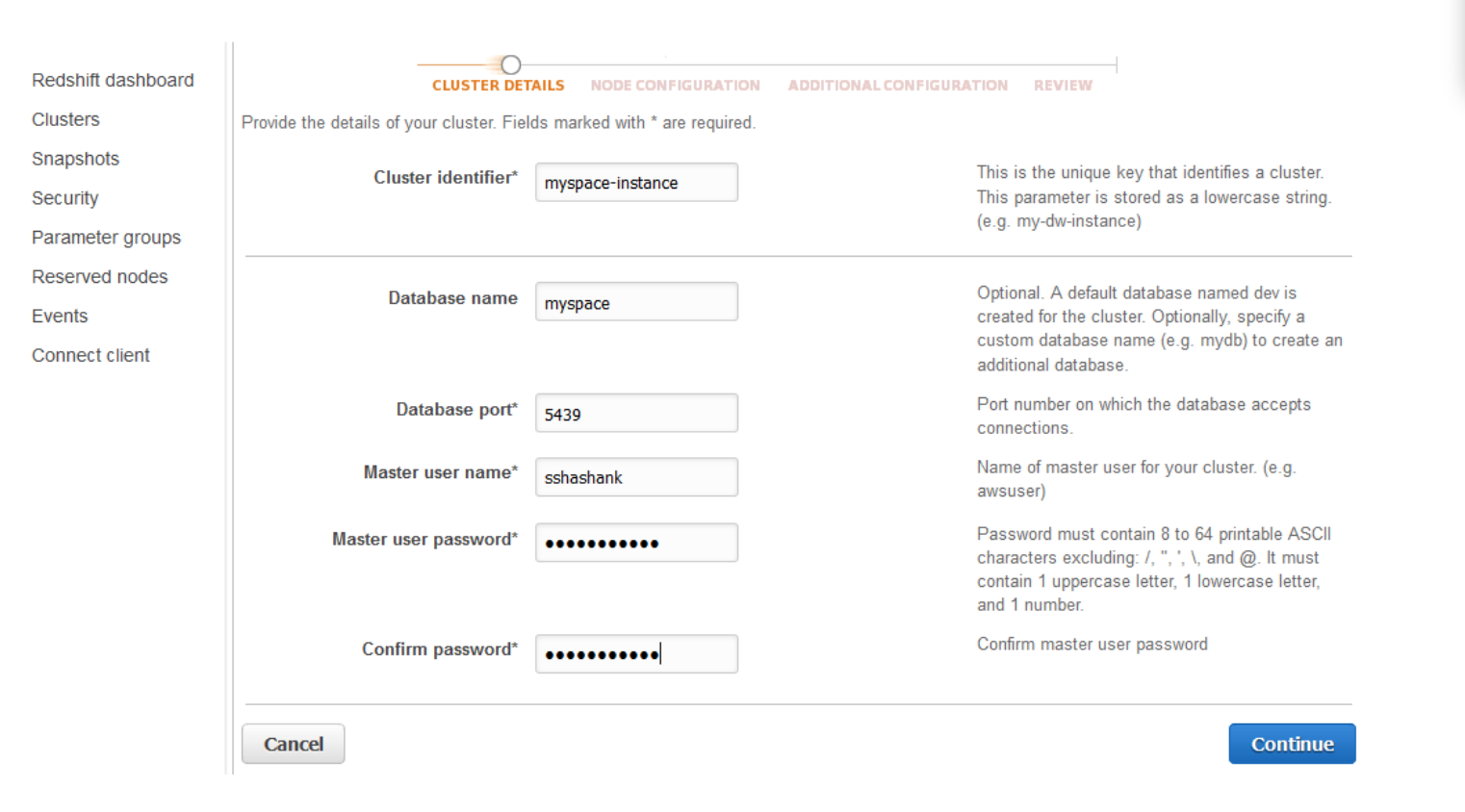

#AMAZON ATHENA VS REDSHIFT HOW TO#
If you’re wondering how to set up a user for Athena, the code for creating a role is in the accompanying repository.

When the use-case is a simple query or exploration, you can access Athena via the AWS web console. For BI solutions, such as Redshift, connectors are available. The cleanest way is to use boto3, but many reported success by using a normal database connector. How do I access Athena?Īthena supports many database connections when you want to access it from your code.

All tables will have a prefix, _crawler, and we exclude files that have the word input. In its configuration, you see that we’ve enabled a TableGroupingPolicy so that it groups (combines) compatible schemas. It will have a construct name, and a role to use that is created in the same stack. The Glue crawler created above (in AWS CDK) has a number of parameters.
#AMAZON ATHENA VS REDSHIFT UPDATE#
Using a Glue Crawler, we can automatically discover and update the table in the Glue catalogue: I wanted to show you the easiest use case, which is combining the results of similar data files into a single table. These data files are found in the repo, path. In the following example, I have set up an s3 bucket with data files. The code snippets mentioned here are from this repository, and you can copy the repository to try it for yourself.Īthena, as mentioned before, uses the data catalogue created by Glue to run. Click here to view our vacancies How do I set up AWS Athena?Īccompanying this blog is a repository: Github: Athena vs Redshift. Join the leading data & AI consultancy in the Netherlands.

While it's common to use Python for ETLs rather than AWS Glue due to cost and flexibility concerns, the Athena + Glue Data Catalog combination is still a good choice for users who need to run ad-hoc queries on large amounts of data or explore and analyze data without setting up a separate data warehouse. Together, AWS Glue and Amazon Athena can be used to extract, transform, and load data from various sources into S3, and then run SQL queries on that data using Amazon Athena. AWS Glue provides a scalable and cost-effective way to prepare and transform large volumes of data for downstream processing and analysis. The service also enables users to define and enforce schema and data quality rules. It simplifies the process of discovering, categorizing, and cleaning data from various sources, such as S3 and relational databases, and makes it easier to integrate the data into data lakes and data warehouses. Athena uses the data catalogue created by AWS Glue to discover and access data stored in S3, allowing organizations to quickly and easily perform data analysis and gain insights from their data.ĪWS Glue is an ETL (extract, transform, and load) service provided by AWS. It supports both batch and streaming data sources, making it a good choice for querying constantly changing data. Not setting up a separate data warehouse (DWH) is why AWS calls these “ad-hoc queries”. Athena is ideal for running ad-hoc queries on large amounts of data, exploring and analyzing data without the overhead of setting up and maintaining a separate data warehouse. It is designed to be easy to use and supports popular SQL clients. What is AWS Athena, and what is it used for?Īmazon Athena is a serverless query engine based on Presto that allows users to run SQL queries on data stored in S3. I will also compare Athena to other popular data warehousing solutions, including Google BigQuery, Azure Synapse Analytics, and Snowflake. In this blog, I will compare Athena and Redshift, and explore why Athena may be the superior choice in an AWS data platform. Both tools are popular choices for data warehousing and analytics, and each has its own unique strengths and capabilities. Like Amazon Redshift, Amazon Athena is a powerful tool for managing data in the Amazon Web Services (AWS) cloud. However, times change, and the year 2014 is well behind us, which really calls to consider more modern options too, like Amazon Athena Compared to on-premise data center solutions, it is fast, cheap, and overall great. Redshift is one of the first cloud data warehouse services. Throughout my experience as a data engineer, I’ve noticed that most data engineers will opt for Redshift, the (familiar) AWS native solution, without thinking about giving its alternatives a chance.


 0 kommentar(er)
0 kommentar(er)
